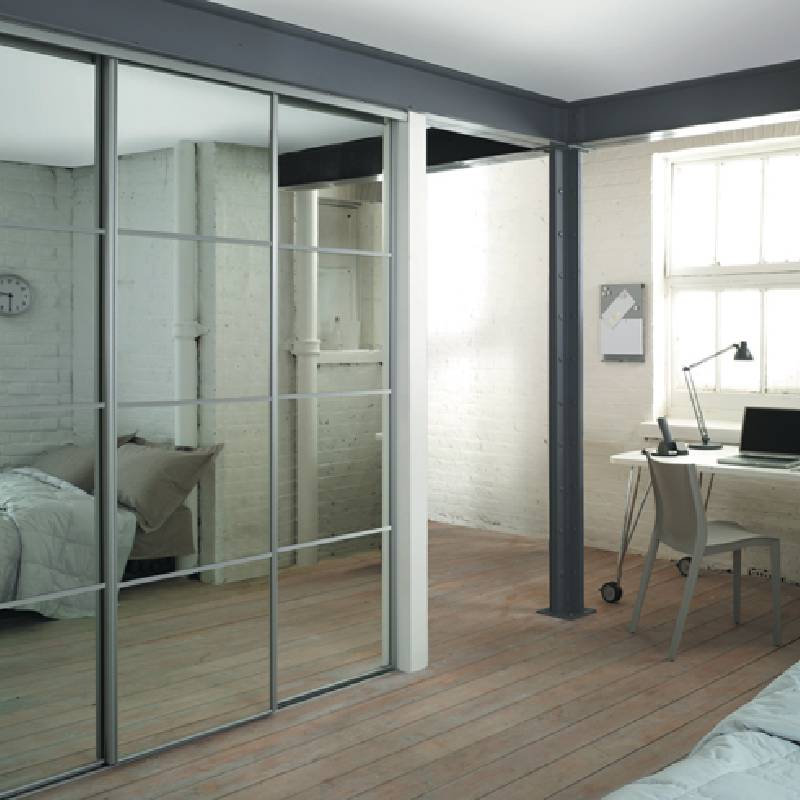

The Reflective Charm of Mirror Float Glass
Mirror float glass, a remarkable invention in the realm of materials, serves not only functional purposes but also enhances the aesthetic appeal of various applications. This special type of glass, produced through a unique process, offers a plethora of benefits that cater to a diverse range of industries, from architecture to art.
Understanding mirror float glass begins with its manufacturing process. The term float glass originates from the method of its production, where molten glass is floated on top of molten tin. This process results in a glass sheet that is exceptionally smooth and flat. When a reflective coating is applied to one side, it transforms into mirror float glass. The reflective surface created is not just for vanity; it also has practical applications in optical devices, furniture, and interiors.
One of the most notable characteristics of mirror float glass is its clarity and distortion-free nature. The high reflectivity provides a precise image, making it ideal for various applications, including bathroom mirrors, decorative elements in homes, and retail displays. In the world of architecture, this type of glass is frequently used in facades, offering a sleek modern appearance while enhancing the building's energy efficiency by reflecting sunlight.
Beyond functionality, the artistic potential of mirror float glass cannot be overlooked
. Artists and designers frequently use this material to create striking installations and pieces that play with light and reflection. By manipulating angles and placements, they can create illusions that challenge perceptions, making the viewer a part of the artwork itself. The reflective quality of the glass captivates and engages, transforming ordinary spaces into extraordinary experiences.
In the realm of interior design, mirror float glass is a versatile element that can make spaces appear larger and more open. Designers often incorporate large mirror panels in small rooms, creating the illusion of depth and brightness. This clever use of space can drastically enhance the ambiance and make crowded environments feel more inviting.
Moreover, mirror float glass underscores the importance of safety and durability. Modern advancements in technology have resulted in the development of tempered mirror glass, which is more resilient against impacts and thermal stress compared to regular glass. This enhanced safety feature makes it a perfect choice for both commercial and residential installations, ensuring that beauty and safety go hand in hand.
Sustainability is another aspect that increasingly influences the glass industry. Many manufacturers of mirror float glass are now prioritizing eco-friendly practices by recycling materials and using energy-efficient methods during production. As consumers become more conscious of their environmental footprint, the demand for sustainable glass products grows, aligning with global efforts toward sustainability.
In conclusion, mirror float glass is a unique material that merges functionality with beauty. Its clarity, reflective quality, and versatility make it an essential component in various fields, from architecture to art. As we continue to innovate and explore the potential of this glass, its presence will undoubtedly enhance our surroundings, offering both practical solutions and aesthetic delights. Whether employed in everyday objects or stunning works of art, mirror float glass reflects not only our image but also our creativity and aspirations.